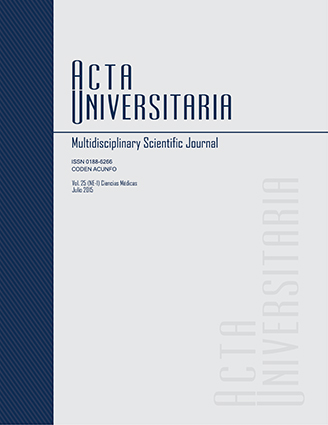Isolation of Fungal Allergens in a University Library
Published 2015-07-13
Keywords
- Hongos,
- alergenos,
- bibliotecas,
- estudio aerobiológico.
- Fungi,
- allergens,
- library,
- aerobiological studies.
How to Cite
Abstract
Fungi can behave as allergens. If the concentration of spores exceeds 2000 CFU/m3, is a health risk factor. The objective of our study was to isolate fungal spore allergens in a library. For this, 20 areas were sampled with Anderson apparatus of 6 levels with Petri dishes with Sabouraud agar. A total of 787 colonies were isolated; 90.34% was filamentous fungi and 9.66% yeast. The most frequently isolated genera were Cladosporium sp. (52.99%) and Penicillium sp. (13.34%), temperature and relative humidity were averaged 24ºC and 50% RH. The concentration of spores found, was within acceptable limits UFC/m3. However, it is suggested to keep windows closed and make a proper cleaning spaces to avoid future health complications for both users and the deterioration of the bibliographic material.

